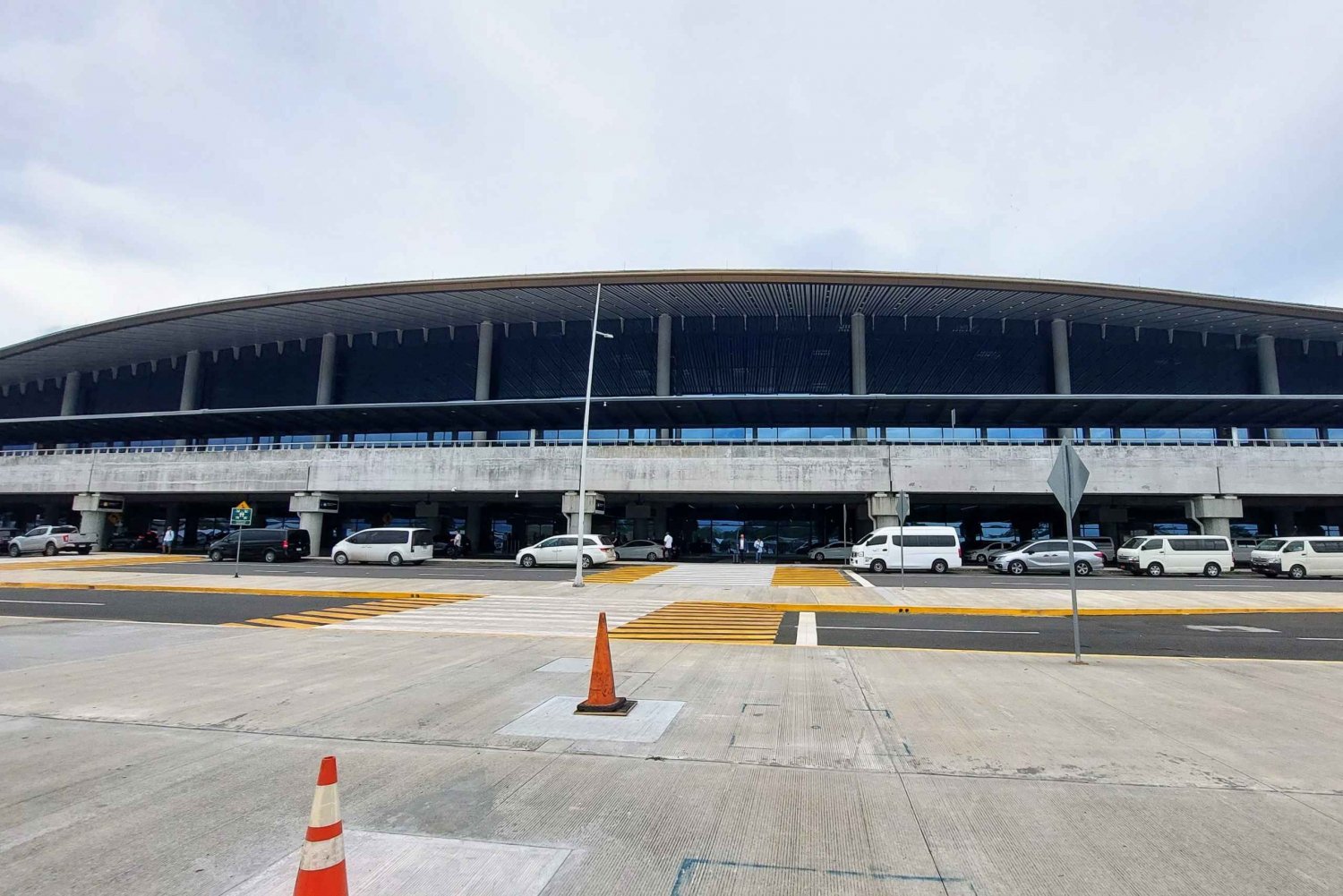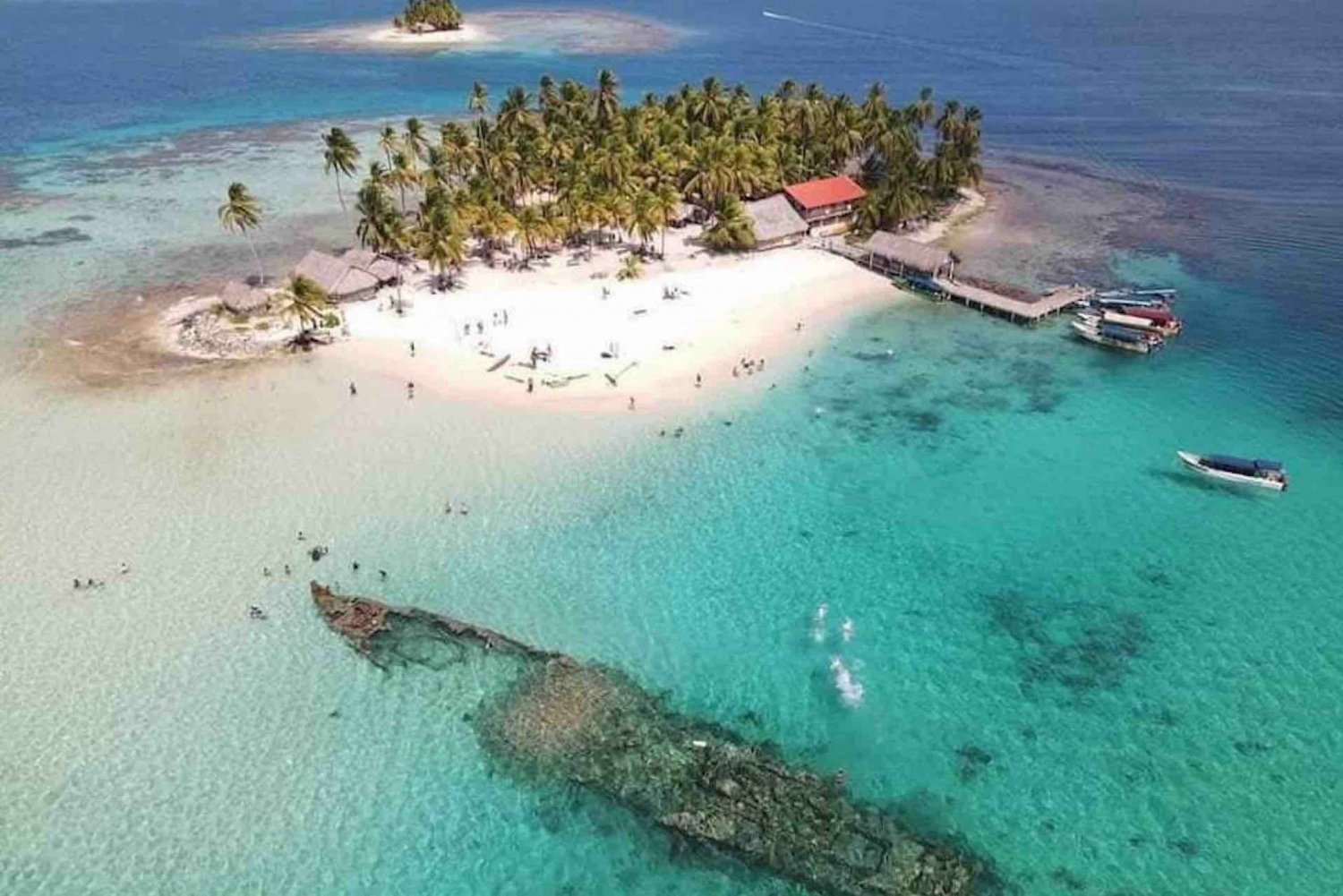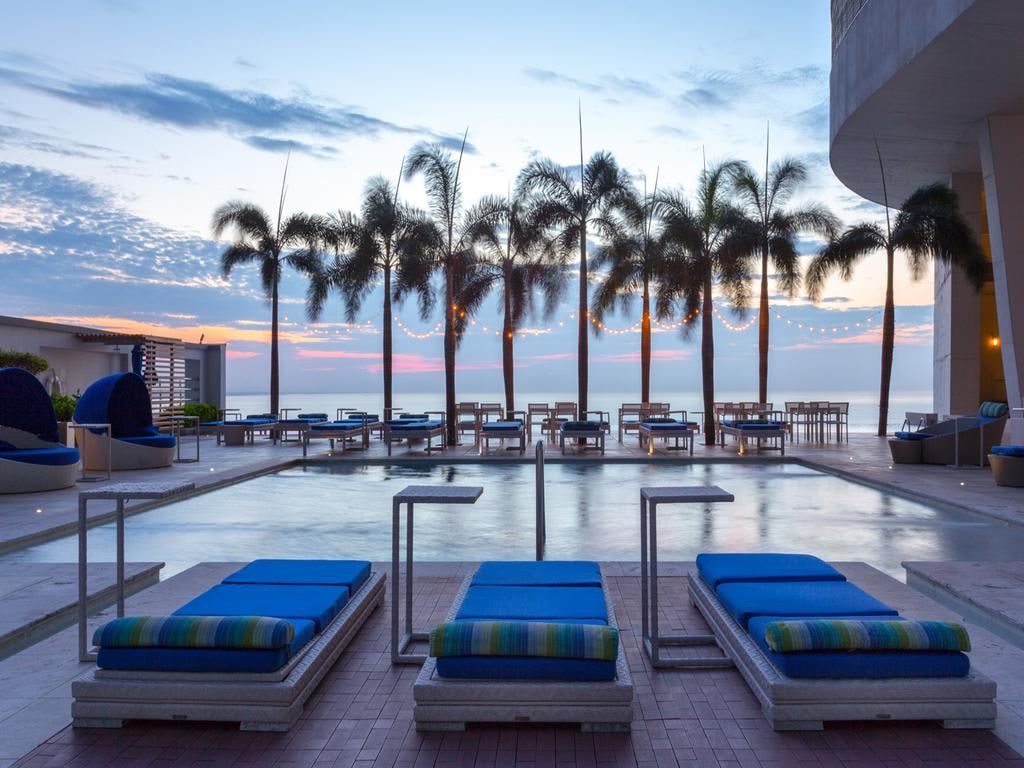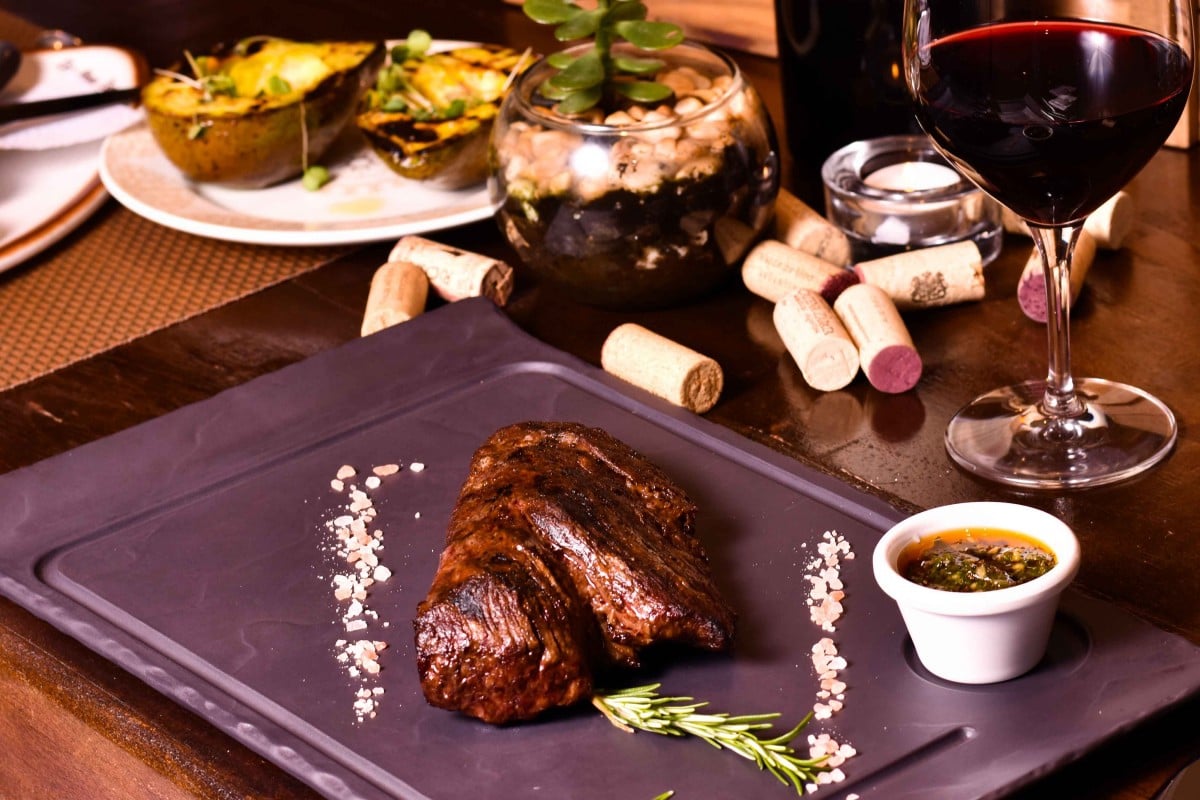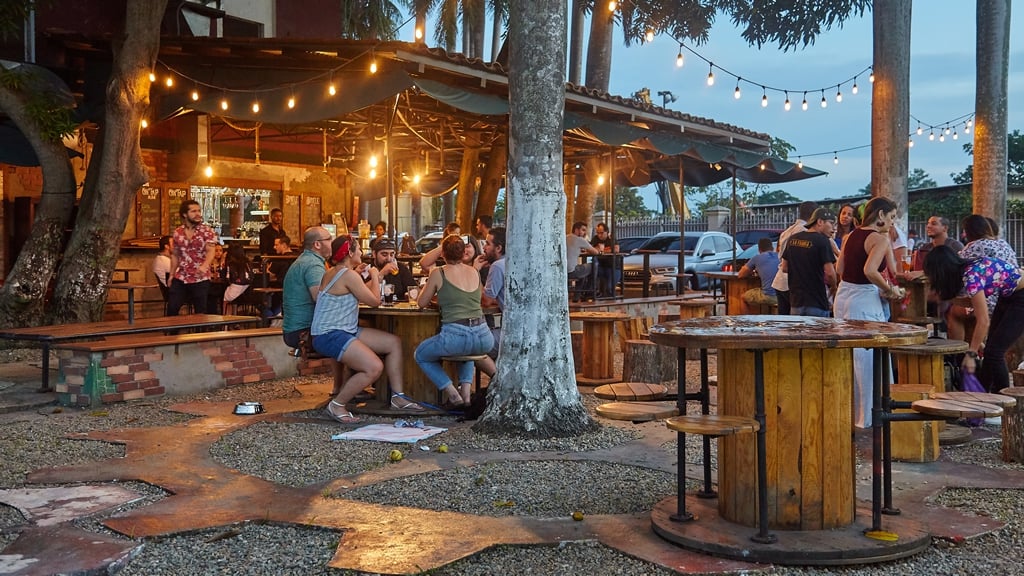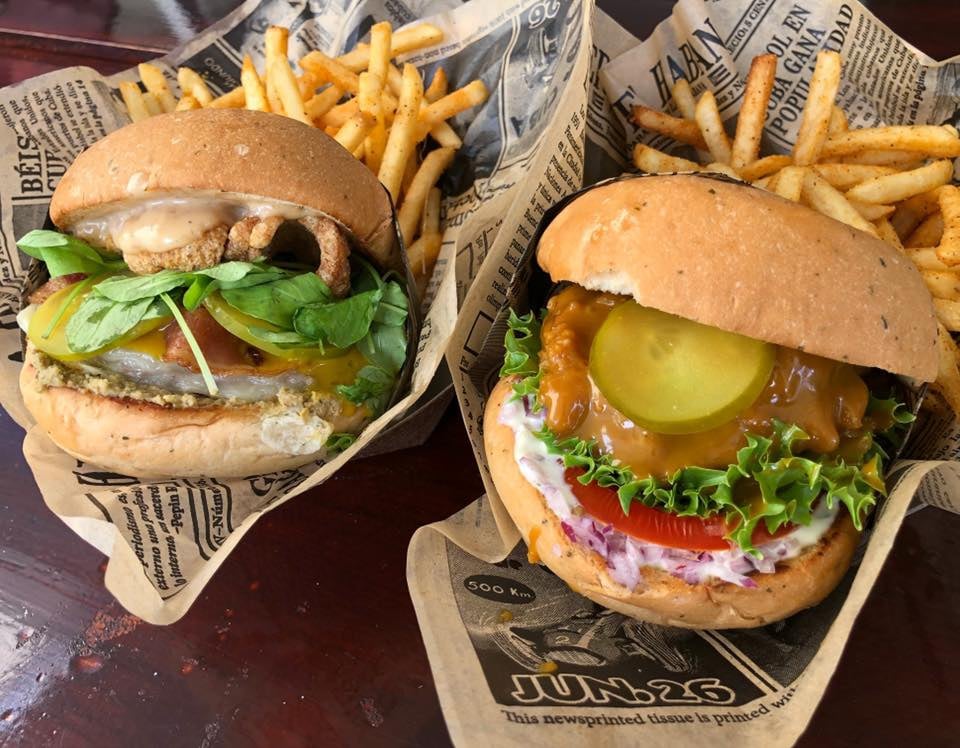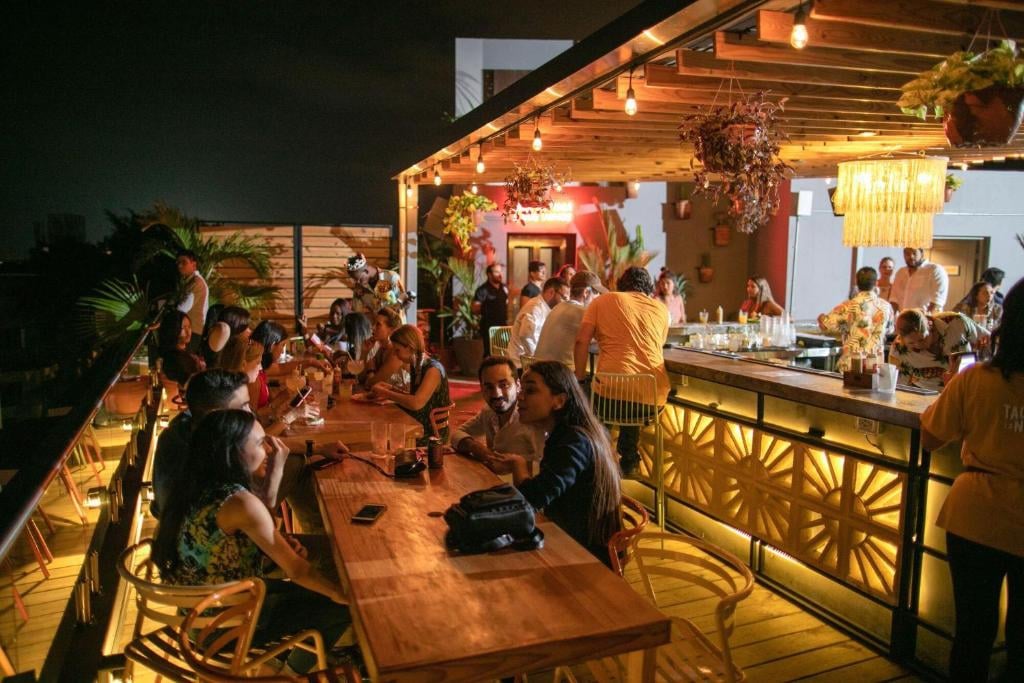Panama's Carnival: party, color and tradition day and night
If you want to experience the Panama Carnival you will like to know how it is celebrated. For Panamanians it is a very important celebration, as much or more than Christmas or Easter. During those days, the streets of the capital and the main cities where people live with more intensity are absolutely destined to party, revelry and joy.
Book Top Experiences and Tours in Panama:
If youʻre booking your trip to Panama last minute, we have you covered. Below are some of the top tours and experiences!- Panama City: Legends and Hidden Gems of Casco Viejo Tour
- Panama City: Half Day City and Panama Canal Tour
- Panama City: City Sightseeing Hop-On Hop-Off Bus Tour
- From Panama City: El Valle de Anton Private Full-Day Tour
- Panama City: 4-Day Island Hopping San Blas Adventure
If you want to experience Panama's Carnival you will like to know how it is celebrated. For Panamanians, it is a very important celebration, as much or more than Christmas or Easter. During those days, the streets of the capital and the main cities where people live with more intensity are absolutely destined to party, revelry and joy.
These are four very intense days away from work, the office, or shopping, which are replaced by numerous parades, floats, dances, costumes, and masks that are found in the main streets of both the capital and the rest of the towns where it is celebrated in style.

Carnivals Panama
The party does not stop day or night in Panama City as in the rest of the cities. The election of the Queen of Carnival gives way to some intense days of fun, where young and old enjoy to the fullest something so expected throughout the year. The parades are a pure spectacle and the Panamanian and Afro-Cuban rhythms that play in the streets morning, afternoon and night, make you get involved with the party wherever you are. The most original costumes, the result of months of work, bring great color to the streets and each one will surprise you more. Not joining the party is an impossible mission these days.
The typical gastronomy is also present during the Panama Carnival. Tasting a chicken tamale, some fried food in a fonda, or a very fresh chicha to quench your thirst will allow you to recharge your batteries to continue the party.
In the capital, some of the best hotels prepare events around the carnival with gastronomy and commemorative dances. Some of them are, for example, the Hotel Panama, the Hotel Caesar Park, or the Riande Continental.

Carnivals Panama
Although both the capital and other areas of the country are good for experiencing the Panama Carnival, there is one place that stands out par excellence and which we recommend you visit: Las Tablas. This city in the province of Los Santos is one of the favorites to live in the Panama Carnival. The competition for the best costumes and the most spectacular floats between two streets, Calle Arriba and Calle Abajo, is the center of much of the festivities. Each one of the streets has its own parades and also its queens who, since childhood, are preparing to make their dream come true: to occupy the throne of one of the streets.
Getting to know people from any corner of the planet besides the locals is very easy during Carnival. In fact, many visitors appreciate that Panamanians treat tourists so well that they feel at home at all times.
If you prefer summer to winter, in Panama you are lucky enough to enjoy high temperatures in a month that in Spain and other countries require a coat and scarf.
The heat of those days is suffocated thanks to the mojaderas or culecos as they are known in Las Tablas, which are in charge of wetting people of the opposite sex with hoses, buckets, or balloons as an act of mischief and fun. Both children and adults participate and everyone appreciates this refreshing bath that creates a playful atmosphere in Panama. And if you want to get away from it all for a few hours, you have the option of enjoying the best beaches in Panama, although, in some of them, the party is also present.
The pollera is the typical national costume of Panama. It is an attire composed of a shirt and a pollerón with the most luxurious details, whose price is around 5 or 6 thousand dollars. Although the Parade of the Thousand Polleras takes place in January, during Carnival, the polleras of each year take advantage to return to show their best clothes, after a whole year of preparation and illusion to parade with the typical costume of the country.
The origin of this festival dates back to ancient Rome when the Romans celebrated a festival in honor of the God Bread called "lupercales", related to both Carnival and St. Valentine's Day. Hence, these two traditions, which are still in full swing today, began to be celebrated.
























